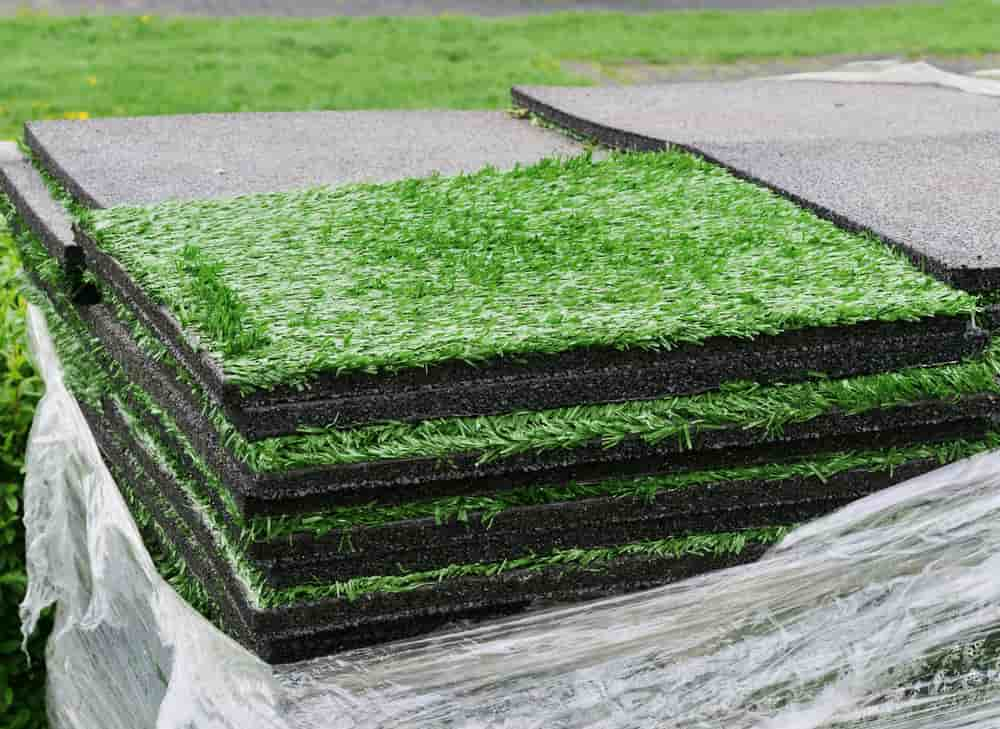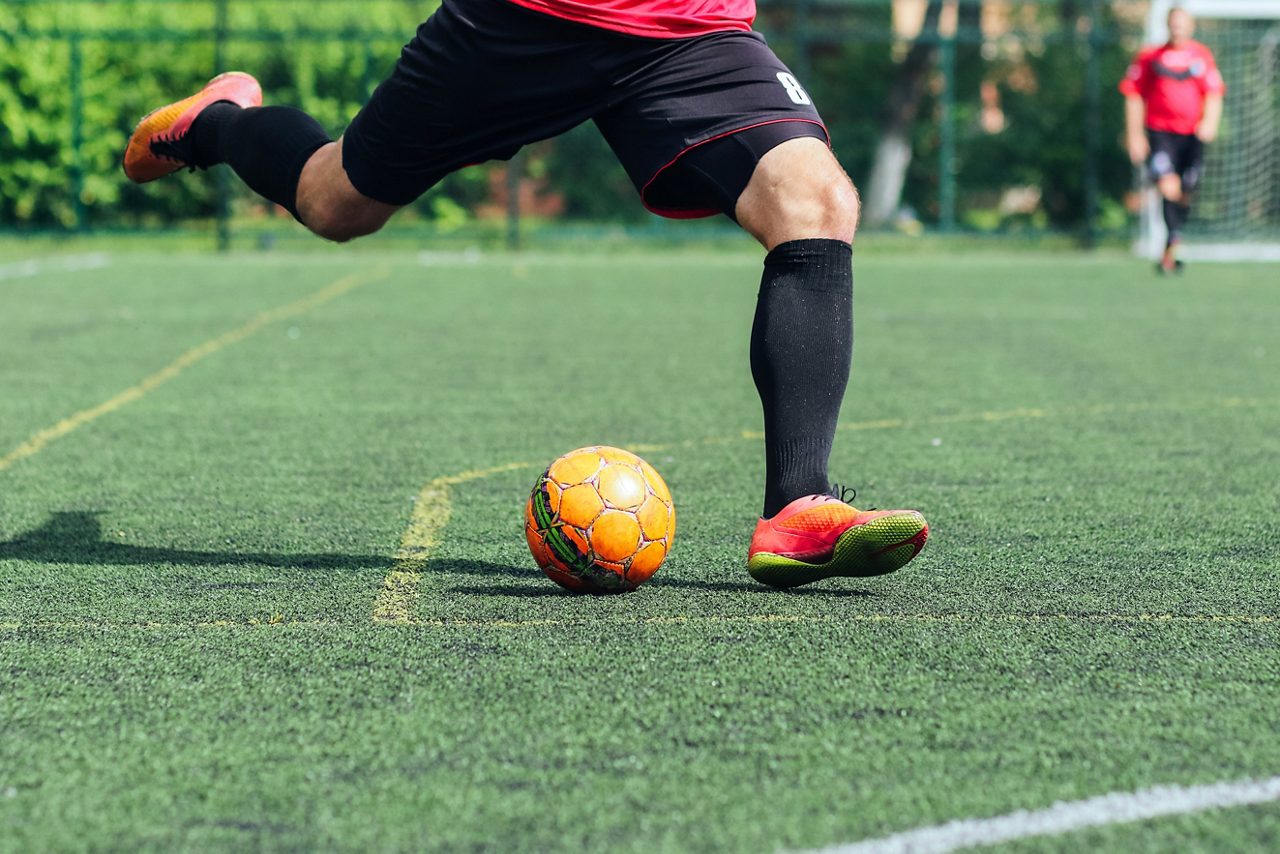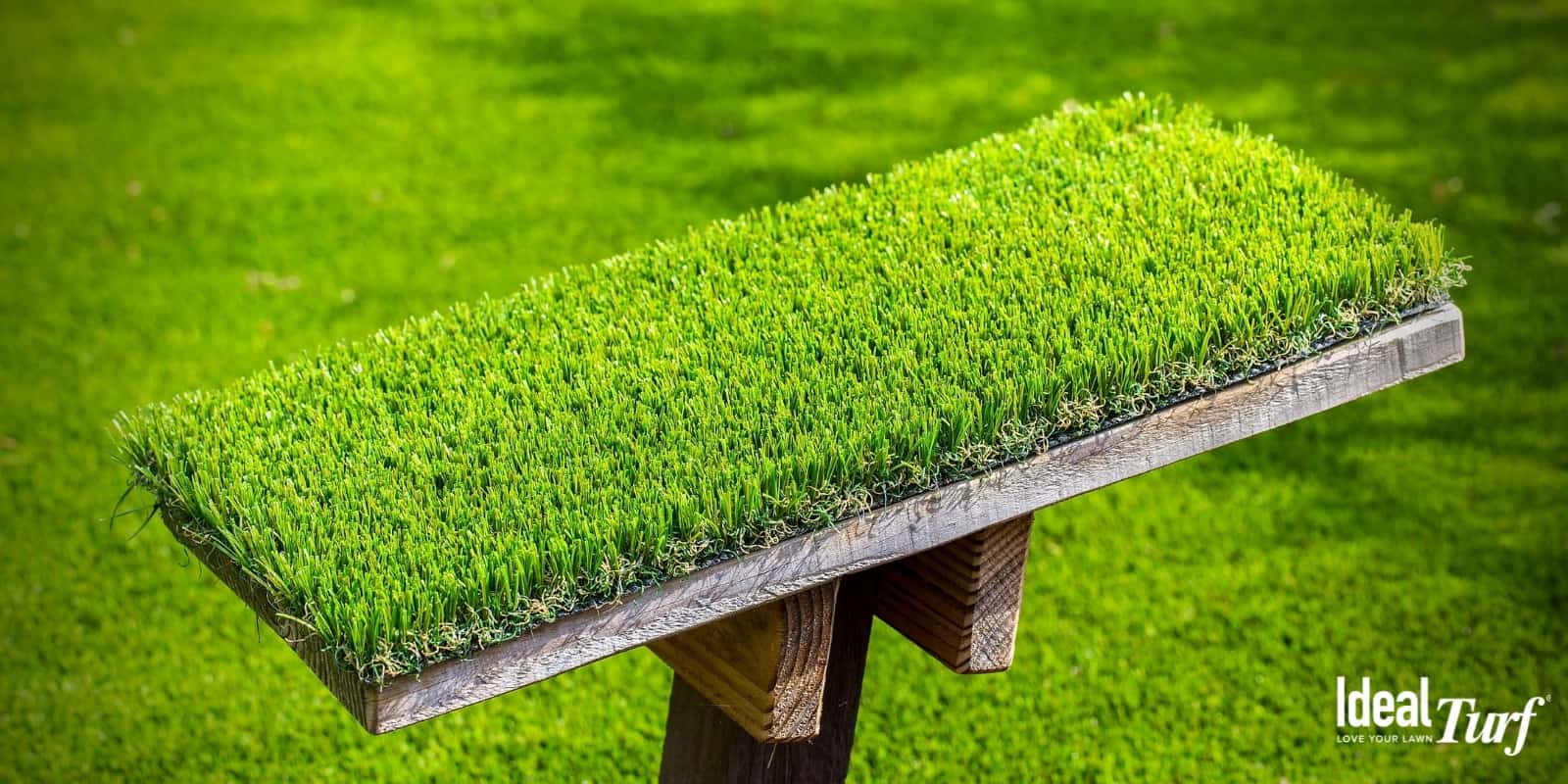Discover Trusted Artificial Turf Companies Phoenix for Your Landscaping Needs
Discover Trusted Artificial Turf Companies Phoenix for Your Landscaping Needs
Blog Article
Explore the Environmental Benefits of Opting for Artificial Grass Solutions
The adoption of man-made lawn solutions presents a compelling opportunity to attend to pushing environmental difficulties. By substantially lowering water use and decreasing the application of harmful chemicals, these options not only promote lasting landscape design but also protect local environments. The lower carbon footprint associated with lowered maintenance activities contributes to an extra lasting method to land management. Nevertheless, the implications of these advantages extend beyond mere preservation efforts, questioning about their lasting effect on environment conservation and total eco-friendly equilibrium. Discovering these dimensions discloses a complicated interplay worth taking into consideration.
Water Preservation Conveniences
One of the most significant advantages of man-made lawn is its capacity to save water. In contrast, man-made lawn does not require watering, dramatically decreasing the general demand for water resources.
By eliminating the demand for regular watering, synthetic lawn adds to lasting landscape practices and aids alleviate the environmental effect of extreme water intake. The preservation of water extends to the reduction of drainage, which can lead to soil disintegration and waterway contamination.
In addition, the installation of synthetic turf permits towns and house owners to allocate water resources much more efficiently, focusing on necessary usages such as alcohol consumption water and farming. The change in the direction of synthetic grass not just advertises liable water use yet likewise lines up with wider environmental objectives focused on maintaining natural resources.
As neighborhoods significantly focus on sustainability, the water preservation advantages of synthetic turf present an engaging instance for its fostering in property and industrial landscape design tasks.
Reduced Chemical Usage
The transition to synthetic grass considerably reduces the reliance on chemical treatments generally used in natural grass upkeep. Conventional grass administration typically entails the application of herbicides, chemicals, and fertilizers to advertise growth and control parasites. These chemicals can present dangers to human health and wellness, local wildlife, and the setting, adding to soil and water contamination.
In comparison, man-made grass eliminates the requirement for these hazardous materials. When installed, it needs marginal upkeep, primarily being composed of regular cleaning and seldom infill replenishment. This reduction in chemical use not only benefits the prompt atmosphere yet also adds to more comprehensive environmental security. By minimizing the release of artificial substances right into the environment, synthetic lawn promotes much healthier soil and water supply.
Additionally, the absence of chemical overflow linked with synthetic grass installments helps protect local waterways from pollution, supporting aquatic life and maintaining biodiversity. Turf installation phoenix az. As neighborhoods significantly focus on lasting techniques, choosing synthetic grass presents a sensible solution that aligns with environmental preservation goals. With this shift, property proprietors can enjoy lavish environment-friendly spaces without endangering eco-friendly wellness, leading the way for a more lasting future
Reduced Carbon Footprint

Additionally, the installment of synthetic grass can cause considerable water preservation. All-natural lawns call for considerable quantities of water for watering, which not only contributes to the carbon footprint related to water extraction and treatment yet additionally stress neighborhood water sources. In comparison, synthetic grass requires minimal upkeep, needing no watering, therefore significantly minimizing water usage and its associated energy expenses.
Furthermore, the long life of synthetic grass adds to its decreased carbon impact. With a life expectancy of approximately 15 years or even more, the requirement for frequent replacements is diminished, resulting in less waste and reduced energy consumption More Bonuses in manufacturing and throwing away traditional turf choices. On the whole, artificial turf presents a sustainable option for environmentally mindful landscape design.
Environment Preservation
Habitat conservation is a crucial consideration in the debate over landscape design options, specifically when comparing synthetic turf to natural turf. top article Natural grass yards commonly require comprehensive maintenance, consisting of making use of fertilizers, pesticides, and herbicides, which can adversely impact local ecological communities. These chemicals can leach into the soil and waterways, harming native flora and animals and interfering with regional environments.
On the other hand, man-made turf offers a chance to minimize the environmental footprint of landscape design. By going with artificial turf, homeowners can lessen the disruption of all-natural environments connected with traditional yard treatment practices. Synthetic grass eliminates the requirement for harmful chemicals, therefore safeguarding neighboring wildlife and preserving the stability of bordering ecosystems. The installation of synthetic lawn can lead to the conversion of previous grass areas right into even more biodiverse landscapes, such as pollinator gardens or native plant areas, which can sustain regional wild animals.
Ultimately, the change to artificial turf not just saves water and reduces maintenance initiatives however likewise promotes a much more unified connection in between human tasks and the natural atmosphere, advertising environment conservation in the procedure.
Long-Term Sustainability
Long-lasting sustainability is a critical element in evaluating the benefits of fabricated grass over typical yard lawns. One of one of the most substantial advantages of man-made grass is its resilience; it can last up to 15-20 years with minimal upkeep, whereas natural grass calls for constant reseeding and replacement. This longevity minimizes the requirement for consistent sources, such as water, fertilizers, and chemicals, which are vital for keeping a healthy turf yard.
In addition, synthetic turf adds to a decrease in carbon discharges related to grass care tools. Conventional yards often need gas-powered lawn mowers, leaners, and blowers, every one of which add to air contamination. Artificial turf companies phoenix. On the other hand, fabricated grass removes the need for such devices, promoting a cleaner environment
Additionally, the manufacturing of synthetic lawn significantly uses recycled products, enhancing its sustainability profile. As manufacturers embrace eco-friendly methods, the ecological footprint of man-made lawn remains to diminish.

Conclusion
The adoption of man-made lawn remedies presents significant environmental advantages, consisting of substantial water conservation, decreased reliance on dangerous chemicals, and a lower carbon impact. Man-made lawn help in maintaining all-natural habitats by decreasing land disruption and advertising long-lasting sustainability with the use of sturdy products. Collectively, these factors emphasize the capacity of synthetic grass to add favorably to environmental health and use a feasible choice to traditional landscape design methods in a progressively resource-conscious world.
In comparison, man-made grass does not require watering, significantly lowering the overall need for published here water resources. By minimizing the launch of artificial substances into the ecosystem, artificial lawn advertises much healthier soil and water systems.
In addition, the setup of artificial grass can result in considerable water preservation. In contrast, fabricated grass requires very little maintenance, needing no watering, thereby substantially lowering water use and its associated energy prices.

Report this page